Physiotherapy for psoriatic arthritis
Introduction
Psoriatic arthritis (PsA) is a chronic autoimmune condition that affects both the skin and joints, causing inflammation, pain, and stiffness. Living with Psoriatic Arthritis can be challenging, but the support of healthcare professionals, particularly physiotherapists, plays a crucial role in managing the symptoms and improving the overall quality of life for individuals with PsA.
Understanding Psoriatic Arthritis
Before delving into the role of physiotherapists in managing Psoriatic Arthritis, it's essential to understand the nature of the condition. Psoriatic Arthritis is characterized by joint pain, swelling, and stiffness, often accompanied by psoriasis, a skin condition that causes red, scaly patches. The inflammation associated with PsA can lead to joint damage and disability if not properly managed.
The Comprehensive Approach of Physiotherapy
Physiotherapists are integral members of the multidisciplinary healthcare team that collaboratively addresses the various aspects of Psoriatic Arthritis. Their role goes beyond just treating symptoms; it involves a comprehensive approach to enhance mobility, reduce pain, and improve the overall well-being of individuals living with PsA.
1. Joint Mobility and Flexibility:
Physiotherapists employ a range of exercises and stretches to improve joint mobility and flexibility. These exercises are tailored to the specific needs and limitations of each patient, helping them maintain or regain functionality in affected joints.
2. Pain Management:
Chronic pain is a common challenge for individuals with Psoriatic Arthritis. Physiotherapists use various techniques, such as manual therapy and electrotherapy, to alleviate pain. They also educate patients on self-management strategies, including heat and cold therapy, to help manage pain in their daily lives.
3. Strengthening Exercises:
Strengthening the muscles around affected joints is crucial for stability and support. Physiotherapists develop customized exercise programs that focus on strengthening key muscle groups, helping patients manage their symptoms and reduce the risk of joint damage.
4. Posture and Body Mechanics:
Maintaining proper posture and body mechanics is essential for individuals with Psoriatic Arthritis. Physiotherapists provide guidance on ergonomic principles and body mechanics to minimize strain on joints, reducing the impact of PsA on daily activities.
5. Patient Education:
Education is a fundamental aspect of physiotherapy for Psoriatic Arthritis. Physiotherapists educate patients about their condition, teaching them self-management techniques, exercises, and lifestyle modifications. This empowers individuals to actively participate in their care and make informed decisions about their health.
6. Collaboration with Other Healthcare Professionals:
Physiotherapists work collaboratively with rheumatologists, dermatologists, and other healthcare professionals to ensure a holistic approach to Psoriatic Arthritis management. This multidisciplinary collaboration maximizes the effectiveness of treatment strategies and addresses the diverse aspects of the condition.
Conclusion
Physiotherapists play a vital role in the management of Psoriatic Arthritis, offering personalized care that addresses the unique needs of each individual. Through a combination of exercises, pain management techniques, and education, physiotherapy empowers patients to actively manage their condition, enhance their mobility, and improve their overall quality of life. As part of the holistic healthcare approach, physiotherapists contribute significantly to the well-being of those navigating the challenges of Psoriatic Arthritis.
